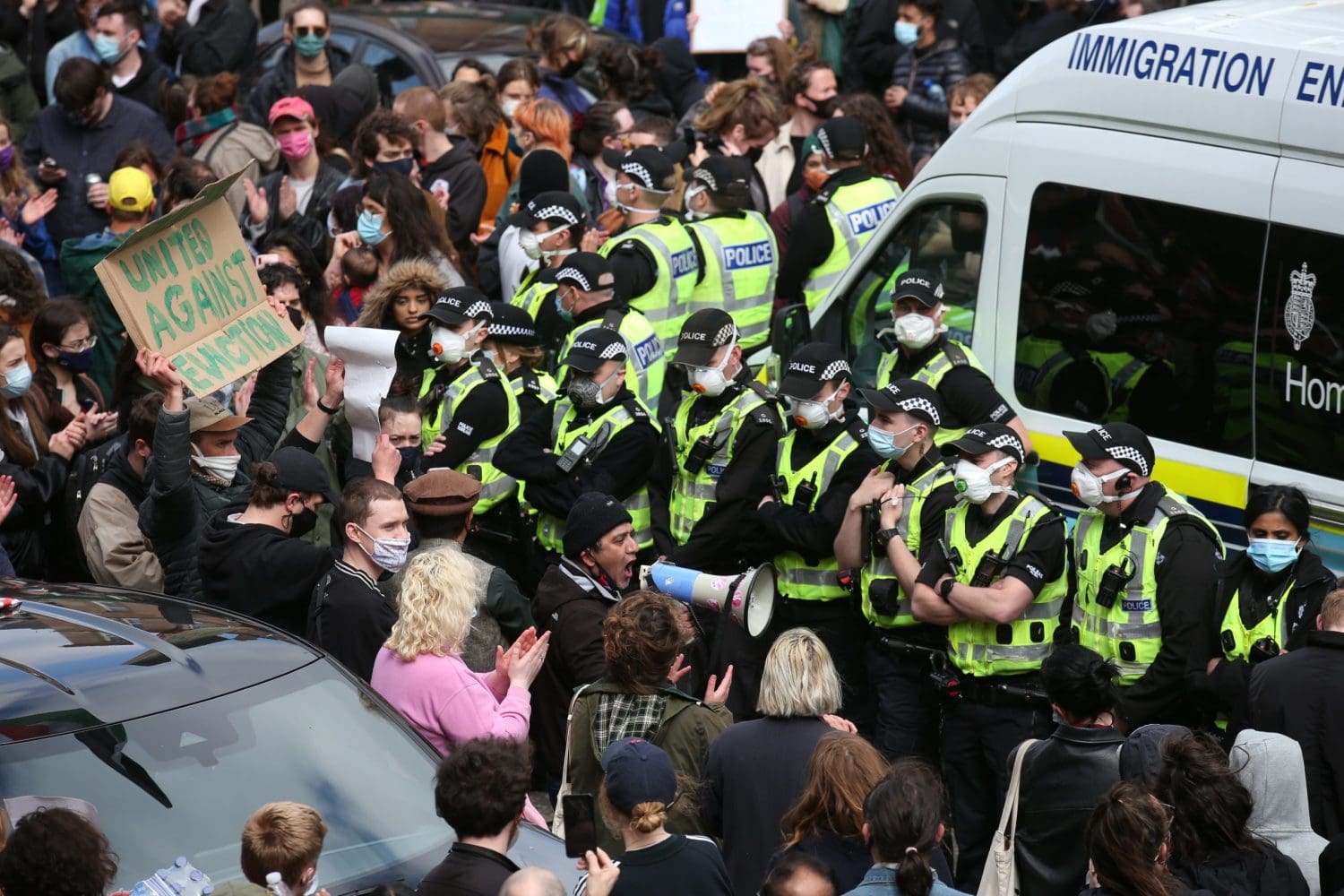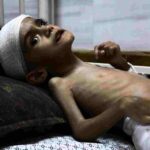An Israeli air raid in Gaza City has killed at least 10 Palestinians, mostly children, in the deadliest single strike since Israel began its most recent assault on Gaza.
There were widespread Palestinian protests on Friday in the occupied West Bank, where Israeli forces shot and killed 11 people. These attacks by Israel have raised the possibility of a new Palestinian “intifada”, or uprising, at a time when there have been no peace talks in years.
.@antonioguterres calls for an immediate end to the fighting in Gaza and Israel, stressing that only a sustainable political solution will lead to lasting peace and reiterating his commitment to supporting Palestinians and Israelis to resolve the conflict.https://t.co/qT0ieDr0aI
— United Nations (@UN) May 14, 2021
Nakba Day
This latest Israeli attack comes as Palestinians are marking Nakba Day on Saturday 15 May. This day is also known as “the catastrophe”. Because it’s when over 700,000 Palestinian people were driven from their homes after the declaration of the state of Israel in Palestine in 1948.

Israel rejects truce
US diplomat Hady Amr arrived in the region on Friday as part of Washington’s efforts to de-escalate the conflict, and the UN Security Council is also set to meet on Sunday.
But Israel turned down an Egyptian proposal for a one-year truce that Gaza’s militant Hamas rulers had accepted, according to an Egyptian source.
Israel pounds Gaza
In Gaza, at least 126 people have been killed, including 31 children and 20 women. In Israel, seven people have been killed, including a six-year-old boy and a soldier.
Israel’s bombardment of the blockaded Palestinian territory and rocket fire from Gaza continued into Saturday. It was then an air strike on a three-storey house in a refugee camp in Gaza City killed eight children and two women from an extended family – the highest number of fatalities in a single hit.

Killing families
Mohammed Abu Hatab told reporters his wife and five children had gone to celebrate the Eid al-Fitr holiday with relatives.
She and three of the children, aged between six and 14, were killed, while an 11-year-old is missing. Only his five-month-old son Omar is known to have survived.
Shortly afterward, Hamas said it fired a salvo of rockets at southern Israel in response to the air strike.
A furious Israeli barrage early on Friday killed a family of six in their house and sent thousands fleeing to UN-run shelters.
The military said the operation involved 160 warplanes dropping some 80 tonnes of explosives over the course of 40 minutes and succeeded in destroying a vast tunnel network used by Hamas.

So-called ‘collateral damage’
Lt Col Jonathan Conricus, an Israeli military spokesman, said the military aims to minimise collateral damage in striking military targets.
But measures it takes in other strikes, such as warning shots fired in order to get civilians to leave, were not “feasible this time”.
Military correspondents in Israeli media said the military believed dozens of militants were killed inside the tunnels.
The Hamas and Islamic Jihad militant groups have confirmed 20 deaths in their ranks, but the Israeli military said the real number is far higher.

Impact on Gaza
Gaza’s infrastructure, already in widespread disrepair because of an Israeli-Egyptian blockade imposed after Hamas seized power in 2007, showed further signs of breakdown, compounding residents’ misery.
The UN said Gazans are experiencing daily power cuts of eight to 12 hours and at least 230,000 have limited access to tap water.
The impoverished and densely populated territory is home to two million Palestinians, most of them the descendants of refugees from what is now Israel.
The Sheikh Jarrah evictions
The tensions began in east Jerusalem earlier this month, with Palestinian protests against the Sheikh Jarrah evictions and Israeli police measures at Al-Aqsa Mosque. This has been a frequent flashpoint located on a mount in the Old City revered by Muslims and Jews.
During the conflict that spiralled from there, Israel said it wants to inflict as much damage as it can on Hamas’ military infrastructure in Gaza.
Israeli prime minister Benjamin Netanyahu has vowed that Hamas will “pay a very heavy price” for its rocket attacks, as Israel masses troops at the frontier.
US president Joe Biden has expressed support for Israel while saying he hopes to bring the violence under control.

















